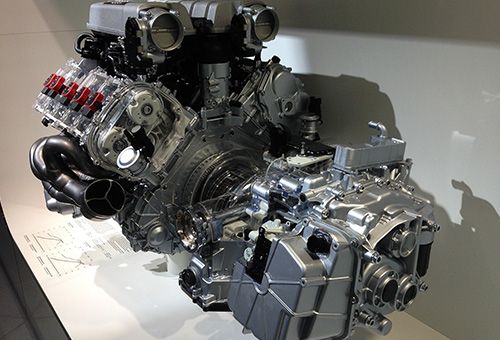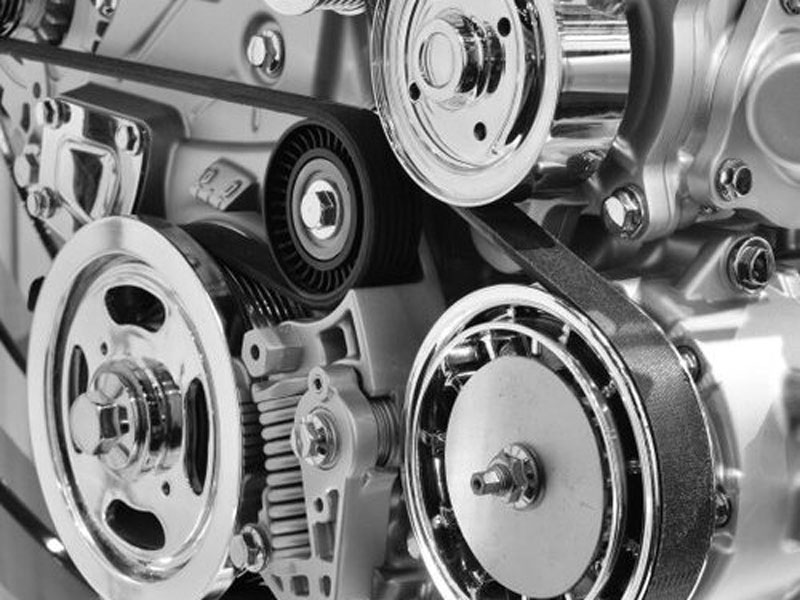Important Factors To Consider for Making Sure Top Quality and Longevity being used Engines
When considering the purchase of an utilized engine, guaranteeing its quality and longevity needs a complex strategy. Maintenance history is an essential variable, as it provides insight into the engine's past care and prospective future integrity. Past documentation, a comprehensive evaluation of physical elements-- such as belts, tubes, and seals-- can disclose surprise issues. Performance testing is also essential, offering a snapshot of the engine's operational efficiency. However, understanding the nuances of these assessments and their implications can be complicated. What are the essential techniques that can be employed to navigate this intricate evaluation process efficiently?
Engine History Evaluation
In the world of utilized engines, an extensive engine background assessment is extremely important to making sure quality and dependability. Recognizing an engine's past can offer important insights into its efficiency capabilities and prospective future long life.
Additionally, examining any kind of history of repair services or substitutes is vital. Engines that have undertaken significant repair work might have underlying concerns that could resurface. Comprehending the context of such repair services, whether as a result of manufacturing problems or proprietor oversight, is essential in developing a comprehensive examination. Analyzing the engine's gas mileage can offer as an indication of wear and tear. Reduced mileage engines are generally better, however it is likewise essential to consider exactly how those miles were collected. An engine made use of largely for long-distance freeway driving might be in better condition than one subjected to frequent stop-and-go city traffic.
Essentially, an extensive investigation into an engine's history is essential for making enlightened purchasing choices. used engines for sale.
Comprehensive Examination Overview
While comprehending an engine's history provides beneficial context, a thorough assessment is the next step to guarantee its existing condition lines up with historical information. The assessment ought to begin with an aesthetic evaluation, looking for indicators of leakages, corrosion, and uncommon wear. Check the exterior for oil stains or coolant marks, which may show underlying problems.
Next, review the engine's installing system for any loosened bolts or abnormalities that can affect efficiency. Pay close interest to the condition of belts and tubes, as these elements are critical for optimum engine performance. Examine for fractures, fraying, or any indicators of deterioration.

Identifying Use and Tear
Identifying signs of deterioration is crucial for evaluating a made use of engine's longevity and dependability. It includes a careful evaluation of different engine parts to establish their current state and prospective future efficiency. Usual indicators include visible rust, which can influence steel parts and compromise architectural honesty. Rust on or around the engine block, cylinder heads, and exhaust manifolds is specifically worrying.
An additional essential aspect is inspecting the engine's seals and gaskets. These components are important for preserving proper pressure and avoiding fluid leaks. Proof of oil leakages or used gaskets usually recommends damage, possibly causing a lot more serious problems otherwise resolved websites promptly. Furthermore, unusual noises throughout engine procedure, such as knocking or ticking noises, may indicate inner damages or extreme wear on relocating components like pistons or bearings.
The condition of belts and hoses is just as vital, as they play a crucial function in the engine's overall feature. Broken or frayed belts and weak pipes are signs old that might result in engine failing if ignored. Analyzing the oil condition and filter can supply insights right into previous maintenance techniques, as dirty oil or clogged filters suggest overlook and sped up wear.
Performance Testing Basics
Reviewing the wear and description tear of engine parts establishes the stage for a detailed analysis through performance screening. Efficiency screening serves as a vital procedure in determining the operational honesty of a made use of engine.
Using dynamometers is an usual approach in performance testing. These devices determine the engine's outcome throughout numerous conditions, supplying a comprehensive profile of its performance. Furthermore, on-road screening enhances dynamometer analyses by observing engine actions under regular driving circumstances, guaranteeing it meets the required standards for both safety and efficiency.
Advanced diagnostic tools further enhance the capability to pinpoint underlying issues. These devices analyze engine management systems, recognizing mistakes in digital elements that might impact performance. Comprehensive testing not only verifies the engine's functional standing however additionally aids in projecting future maintenance needs. This makes sure the utilized engine can provide reliable efficiency over a prolonged duration, therefore maximizing its worth and life span.
Upkeep and Care Tips
Correct upkeep and care are crucial to lengthening the life expectancy of a made use of engine and ensuring its consistent efficiency. Regular oil modifications are vital; using the manufacturer's advised oil kind and grade can protect against extreme wear and tear. In addition, oil filters ought to be changed simultaneously to maintain ideal lubrication and cleanliness within the engine.
Monitoring liquid levels, consisting Get More Information of coolant, transmission fluid, and brake fluid, is vital. Ensuring these liquids are at proper levels assists avoid getting too hot and other mechanical concerns. Examining belts and tubes for indications of wear, such as splits or fraying, can prevent possible failures that might lead to expensive repairs.
Routine examination of the air filter is also essential, as a clean filter makes sure reliable airflow and burning, thereby enhancing engine efficiency. Ignition system must be examined and replaced when needed to keep efficient fuel combustion and stop engine misfires.
Lastly, routine analysis checks making use of professional tools can identify prospective problems prior to they end up being substantial issues. By adhering to these maintenance and care tips, used engine owners can ensure their engines stay trustworthy, reliable, and with the ability of performing well over an extended period.
Conclusion
